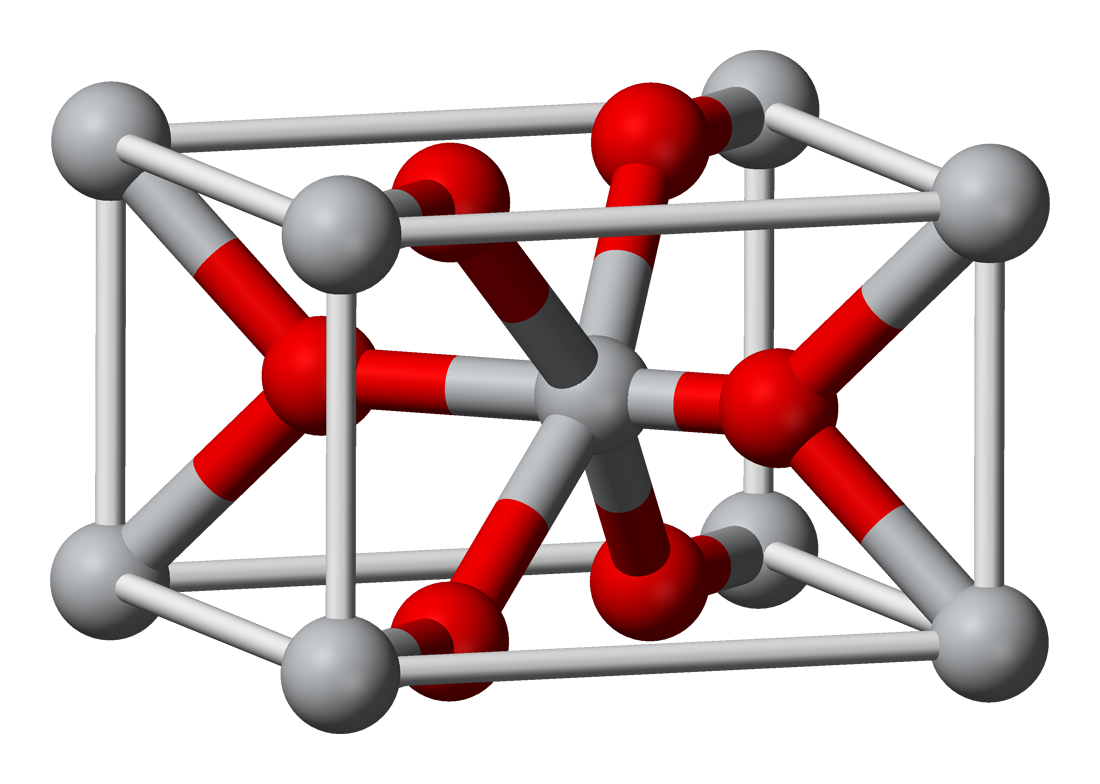Structure of solids
Lecture notes for the exercises class Struttura della Materia
Dec. 1, 2003.
Diffraction experiments probe the structure of crystalline solids.
Diffracted peaks can occur when the transfered wave vector equals a
reciprocal-lattice vector G, i.e. when k'-k=G.
This condition can be related to the angle 2θ between k'and
k by 2|k| sin(θ) = |G|.
A nice simulation of the diffraction
from a Bravais lattice is recommended.
Problem 1
Powder specimens of three different monoatomic cubic crystals are
analyzed with a Debye-Scherrer. It is known that one sample is fcc, one is
bcc and one has the diamond structure. The approximate positions of the
first four diffraction rings in each case are at angles 2θ (in degrees):
| A | B | C
|
| 42.2 | 28.8 | 42.8
|
| 49.2 | 41.0 | 73.2
|
| 72.0 | 50.8 | 89.0
|
| 87.3 | 59.6 | 115.0
|
-
Identify the crystal structures of samples A, B, and C.
-
If the wavelength of the incident X-ray beam is 1.5 Å, what is
the length of the side of the conventional cubic cell in each case?
-
If the diamond strcture were replaced by a zincblend structure (like
diamond, but with 2 different atoms per cell rather than equal) with a
cubic unit cell of the the same side, at what angles would the first four
rings now occur?
[Ashcroft-Mermin "Solid State Physics" (Chap 6, Ex. 1)].
RESULTS:
- A is fcc; B is bcc; C has diamond structure.
- A: a = 3.60 Å;
B: a = 4.28 Å;
C: a = 3.56 Å.
- 2θ = 42.8°, 49.8°, 73.2°, and 88.7°.
Problem 2
Ti2O has several allotropes, including rutile.
Rutile is a primitive-tetragonal crystal.
Its unit vectors are:
a1 = a ex
a2 = a ey
a3 = c ez
with a=4.594 Å, c=2.958 Å.
In each unit cell, 2 Ti and 4 O atoms sit at the positions listed here
(the basis):
| d1 = 0 | Ti
|
| d2 =
(a1+a2+a3)/2
| Ti
|
| d3 =
u a1+u a2
| O
|
| d4 = -d3
| O
|
| d5 = (1/2 + u) a1 +
(1/2 - u) a2+a3/2
| O
|
| d6 = (1/2 - u) a1 +
(1/2 + u) a2+a3/2
| O
|
-
What is the largest wavelength for X-rays to be diffracted to three
different angles?
-
The (001) surface of this crystal exposes a square lattice of side a, which
is investigated by 4He diffraction. What is the minimum
velocity of 4He atoms for accessing exactly 4 different
diffraction angles?
RESULTS:
-
The five shortest G vectors in the reciprocal lattice have lengths
|G1 0 0| = 2π/a = 1.368 Å-1,
|G1 1 0| = 2½ 2π/a = 1.934 Å-1,
|G0 0 1| = 2π/c = 2.124 Å-1,
|G1 0 1| = [(2π/a)²+(2π/c)²]½ = 2.526 Å-1,
and |G2 0 0| = 2 2π/a = 2.735 Å-1.
However, diffraction according to G1 0 0 and
G0 0 1 are associated to vanishing structure factor, and
therefore do not produce Bragg peaks. Consequently, the largest wavelength
(shortest k that produces diffraction based on G2 0
0 has 2θ=π (backward scattering), with
λmax = 2 2π / |G2 0 0| = a =
4.594 Å.
-
|kmin| = 2-1 5½ 2&pi/a =
1.529 Å-1, thus |vmin| = 243 m/s.
Problem 3
Cu is a fcc solid of lattice parameter a = 3.61 Å (= side of the
conventional cubic cell). The (111) surface of Cu is investigated by LEED
(low energy electron diffraction) with grazing-incidence electrons of
kinetic energy 35 eV, assumed to interact only with the uppermost
surface layer. What are the smallest and largest scattering angles
2θ?
RESULT:
A triangular lattice of side 2-½a: shortest and longest
G vectors compatible with |k|=3.031 Å-1
are G1 0 and G2 0, which produce
scattering at angles 2θ=59.6° and 2θ=168.1°.
